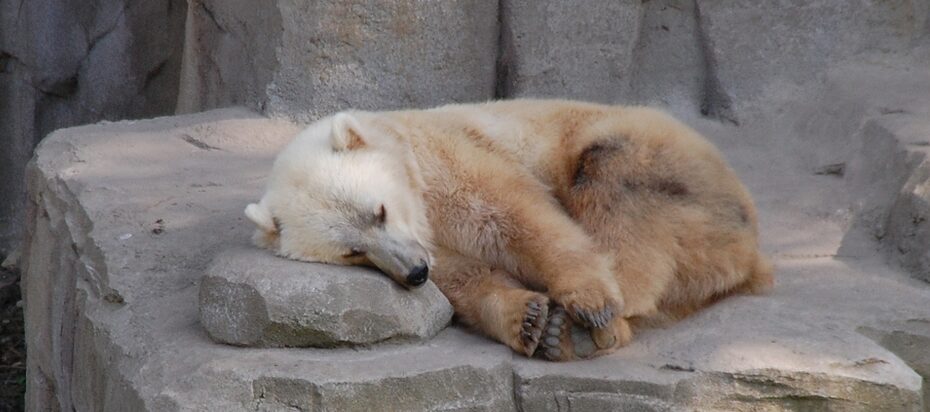In the realm of wildlife wonders, few creatures spark as much curiosity as grolar bears. The notion of a bear that is part grizzly and part polar might sound like something out of a fantasy book, but grolar bears are very much a reality.Let’s delve into the existence of grolar bears, separating fact from fiction and exploring what these unique animals tell us about our changing world.
Are Grolar Bears Real?
Grolar bears are indeed real. They are a hybrid species resulting from the mating of a grizzly bear and a polar bear. Initially thought to be purely mythical or the result of anomalous occurrences, grolar bears have gained scientific recognition, with several confirmed sightings and studies in recent years.
Discovery of Grolar Bears
The existence of grolar bears first came into the spotlight with a confirmed sighting in 2006 in the Canadian Arctic. A DNA test on a bear that was shot revealed that it had a polar bear mother and a grizzly bear father. This discovery was groundbreaking as it confirmed that such hybrids could exist and thrive in the wild.
How do Grolar Bears Look?
Grolar bears exhibit a mix of features from their parent species. They typically have the size and build closer to that of a grizzly bear, coupled with the long neck and slightly hunched shoulders of a polar bear. Their fur color ranges from white to brown, often with a mottled or patchy pattern that distinctly sets them apart.
Where do Grolar Bears Live?
Grolar bears are predominantly found in regions where the traditional habitats of polar and grizzly bears overlap, particularly in the Arctic parts of North America. This overlap is increasing due to the shifting climatic patterns, which is one reason for the rise in the number of grolar bears.
What is Grolar Bears Diet?
Like their physical traits, the diet and behavior of grolar bears blend characteristics of both grizzly and polar bears. They have shown versatility in their diet, consuming both the marine-based diet typical of polar bears and the more varied diet of grizzly bears, including berries and plant material.
Does Climate Change Affect Grolar Bears?
The phenomenon of grolar bears is closely linked to climate change. As Arctic ice recedes, polar bears are venturing further inland, where they encounter grizzly bears, leading to interbreeding. The existence of grolar bears is a stark indicator of the changes occurring in our environment.
Can Grolar Bears Reproducte?
Unlike many hybrid animals, grolar bears are capable of reproducing. This fertility adds a new dimension to the ecological impact of these animals, as it raises the possibility of a new lineage of hybrid bears that could adapt to changing environmental conditions.
Are Grolar Bears being Conserved?
The appearance of grolar bears raises important questions in conservation circles. As they are not a recognized species, their conservation status is complex. However, they play a crucial role in the ecosystem by highlighting the effects of environmental changes on wildlife.
Grolar bears have become a subject of keen interest in the scientific community. Studying them helps researchers understand the adaptive capacities of species and the potential for new species evolution under the pressures of climate change.
The concept of grolar bears has captured the public’s imagination, though it is often shrouded in misconceptions. While they are not mythical creatures, they are not a common occurrence either. Their existence is a blend of nature’s adaptability and the consequences of a changing climate.
Grolar bears, a blend of grizzly and polar bear traits, are indeed a reality. Their existence is a fascinating reflection of nature’s adaptability, but also a sobering reminder of the rapid environmental changes our planet is undergoing. As we continue to witness the emergence of grolar bears, they serve as a living symbol of the need for environmental awareness and conservation efforts. These rare hybrids are more than just a biological curiosity; they are messengers of the changing dynamics in our natural world.
Image courtesy: https://www.mcgill.ca/oss/article/environment-did-you-know/grolar-bears
